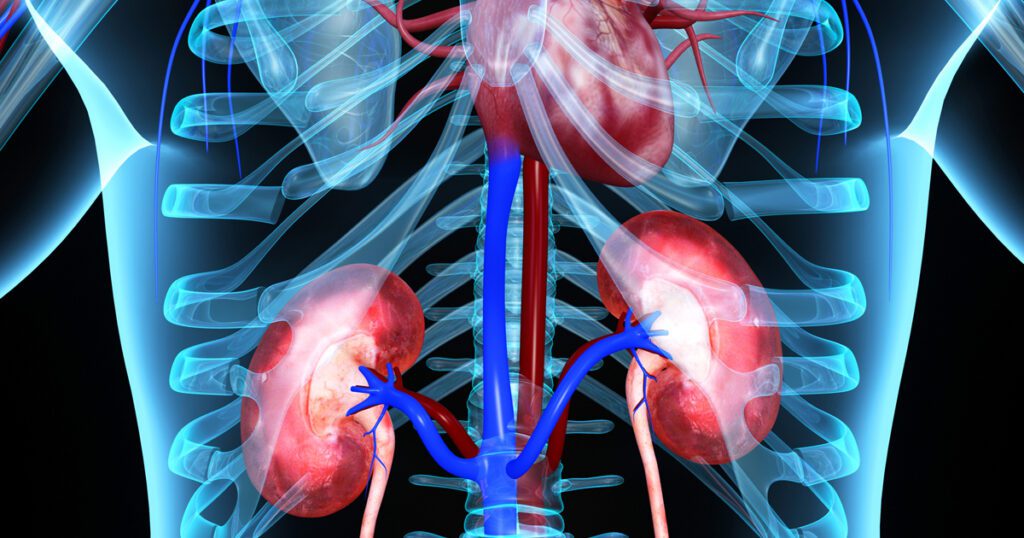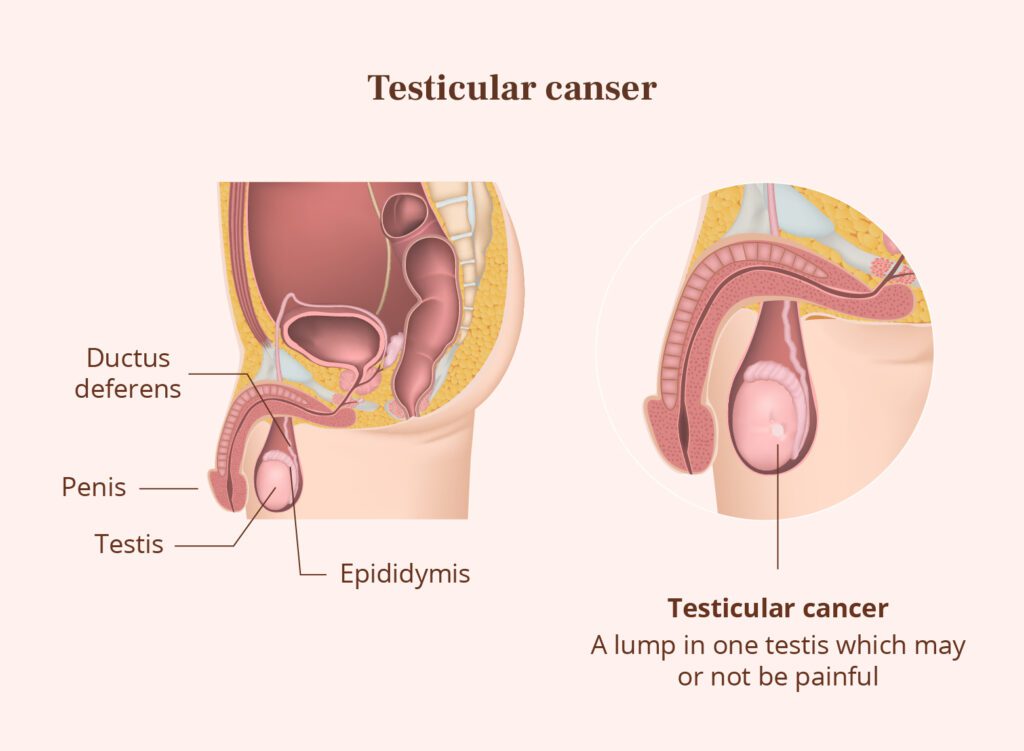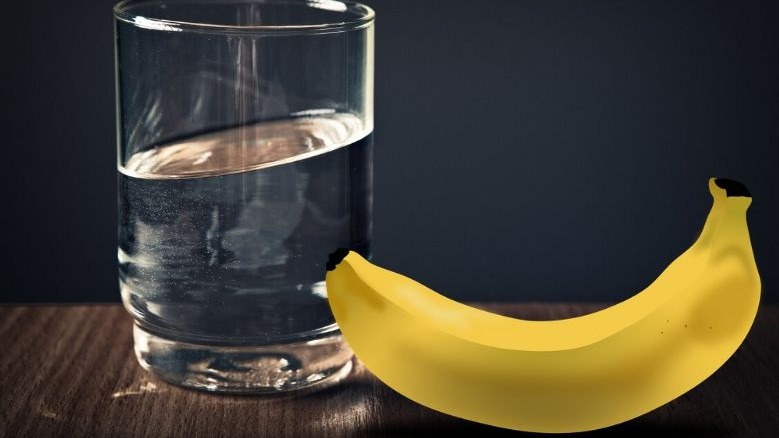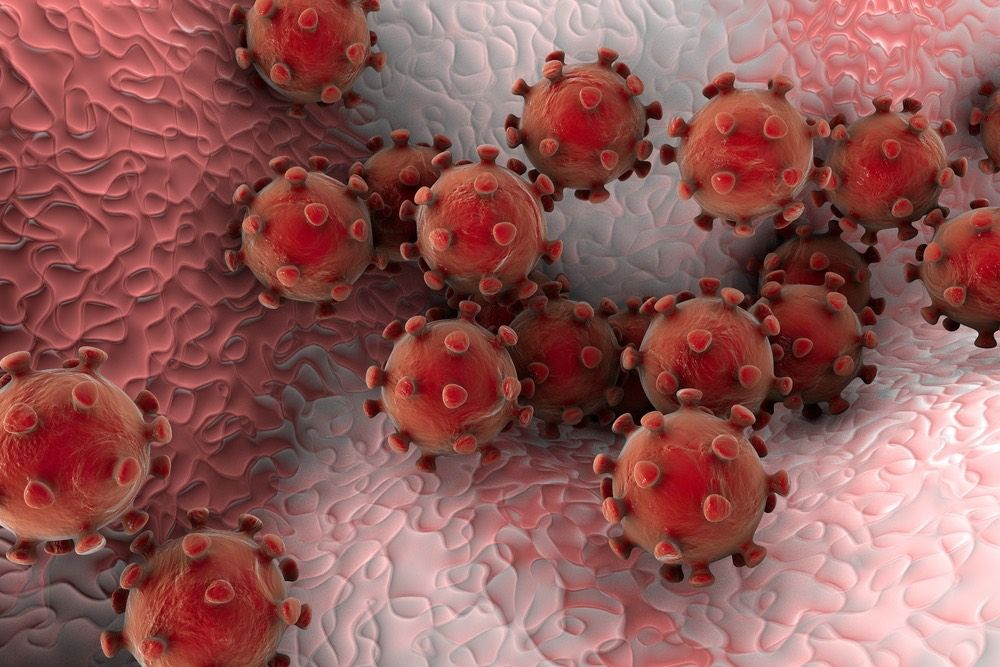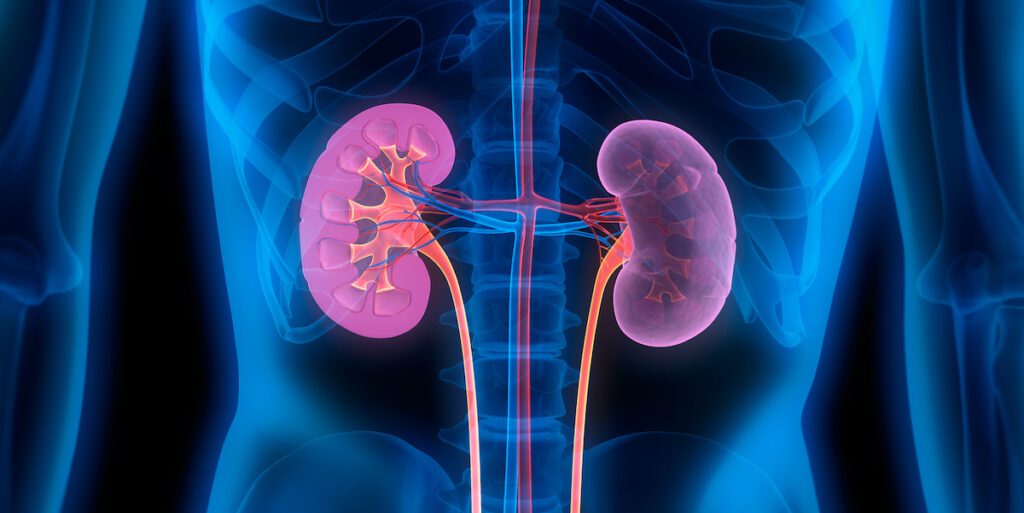Kidneys can be affected by a variety of diseases and conditions, which can broadly be categorized into several groups based on their underlying causes and effects. Here are some of the major categories and specific diseases:
1. Chronic Kidney Disease (CKD)
Chronic Kidney Disease is a long-term condition where the kidneys do not work as well as they should. It progresses over time and can lead to kidney failure.
- Diabetic Nephropathy: Kidney damage caused by diabetes.
- Hypertensive Nephropathy: Kidney damage resulting from high blood pressure.
- Glomerulonephritis: Inflammation of the kidney’s filtering units (glomeruli).
- Polycystic Kidney Disease: A genetic disorder characterized by the growth of numerous cysts in the kidneys.
- Chronic Interstitial Nephritis: Long-term inflammation of the kidneys’ tubules and surrounding structures.
2. Acute Kidney Injury (AKI)
Acute Kidney Injury is a sudden reduction in kidney function over a period of hours or days.
- Acute Tubular Necrosis: Damage to the tubule cells of the kidneys, often due to ischemia or toxins.
- Acute Interstitial Nephritis: Acute inflammation of the kidney tubules and surrounding structures, often due to allergic reactions or infections.
- Prerenal AKI: Due to decreased blood flow to the kidneys, often from severe dehydration or blood loss.
- Postrenal AKI: Due to obstruction of urine flow, often from kidney stones or an enlarged prostate.
3. Glomerular Diseases
These diseases affect the glomeruli, the tiny filtering units within the kidneys.
- Focal Segmental Glomerulosclerosis (FSGS): Scarring of some of the glomeruli.
- IgA Nephropathy (Berger’s Disease): Deposition of the IgA antibody in the glomeruli.
- Membranous Nephropathy: Thickening of the glomerular basement membrane.
- Minimal Change Disease: Changes in the glomeruli that are visible only under an electron microscope.
4. Tubular and Interstitial Diseases
These diseases affect the tubules and surrounding structures in the kidneys.
- Acute Tubular Necrosis: Often caused by a lack of oxygen or exposure to toxic substances.
- Pyelonephritis: Bacterial infection of the kidney.
- Chronic Interstitial Nephritis: Long-term inflammation often due to prolonged use of medications like NSAIDs.
5. Inherited and Congenital Kidney Diseases
These are genetic or developmental abnormalities of the kidneys.
- Polycystic Kidney Disease: Formation of numerous cysts within the kidneys.
- Alport Syndrome: Genetic disorder affecting the glomerular basement membrane.
- Medullary Cystic Kidney Disease: Formation of cysts in the medullary part of the kidney.
6. Obstructive Kidney Diseases
Conditions that block the flow of urine out of the kidneys.
- Kidney Stones: Hard deposits of minerals and salts that form inside the kidneys.
- Hydronephrosis: Swelling of one or both kidneys due to urine buildup.
- Ureteral Stricture: Narrowing of the ureter, often due to scar tissue or congenital abnormalities.
7. Infections
Kidneys can be affected by various infectious agents.
- Pyelonephritis: A type of urinary tract infection that reaches the kidneys.
- Tuberculosis: Can spread to the kidneys and cause damage.
8. Systemic Diseases with Kidney Involvement
Some systemic diseases can also affect the kidneys.
- Lupus Nephritis: Kidney inflammation caused by systemic lupus erythematosus (SLE).
- Goodpasture Syndrome: Autoimmune disease causing glomerulonephritis and lung hemorrhage.
- Wegener’s Granulomatosis: A type of vasculitis affecting the kidneys and other organs.
9. Tumors and Cancers
Abnormal growths can occur in the kidneys.
- Renal Cell Carcinoma: The most common type of kidney cancer in adults.
- Wilms’ Tumor: A type of kidney cancer that primarily affects children.
- Transitional Cell Carcinoma: Cancer that occurs in the renal pelvis and the bladder.
10. Miscellaneous Conditions
There are other conditions that can affect kidney function.
- Nephrotic Syndrome: A collection of symptoms that indicate kidney damage, including proteinuria, hypoalbuminemia, and edema.
- Renal Artery Stenosis: Narrowing of the arteries that supply blood to the kidneys, often leading to hypertension and kidney damage.

